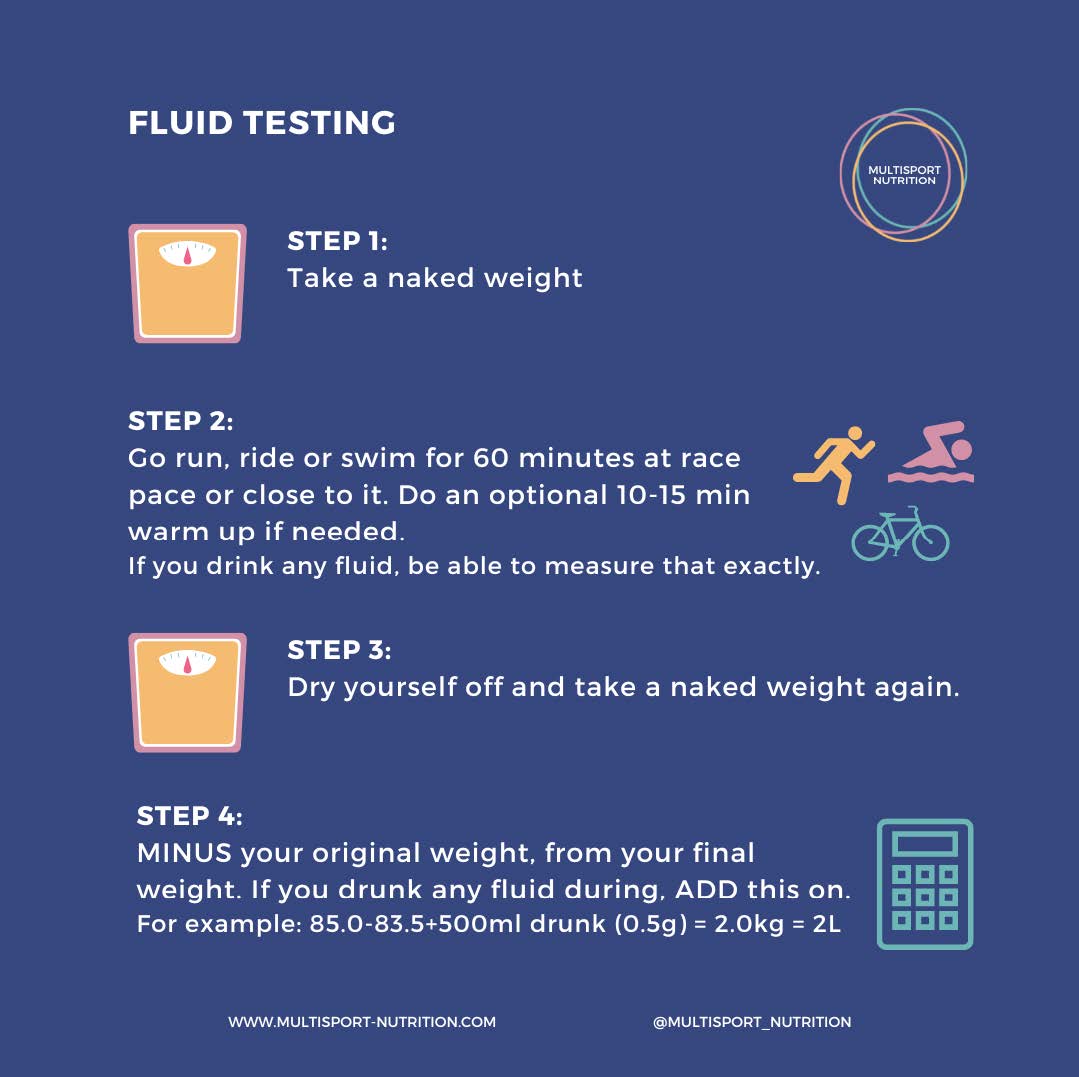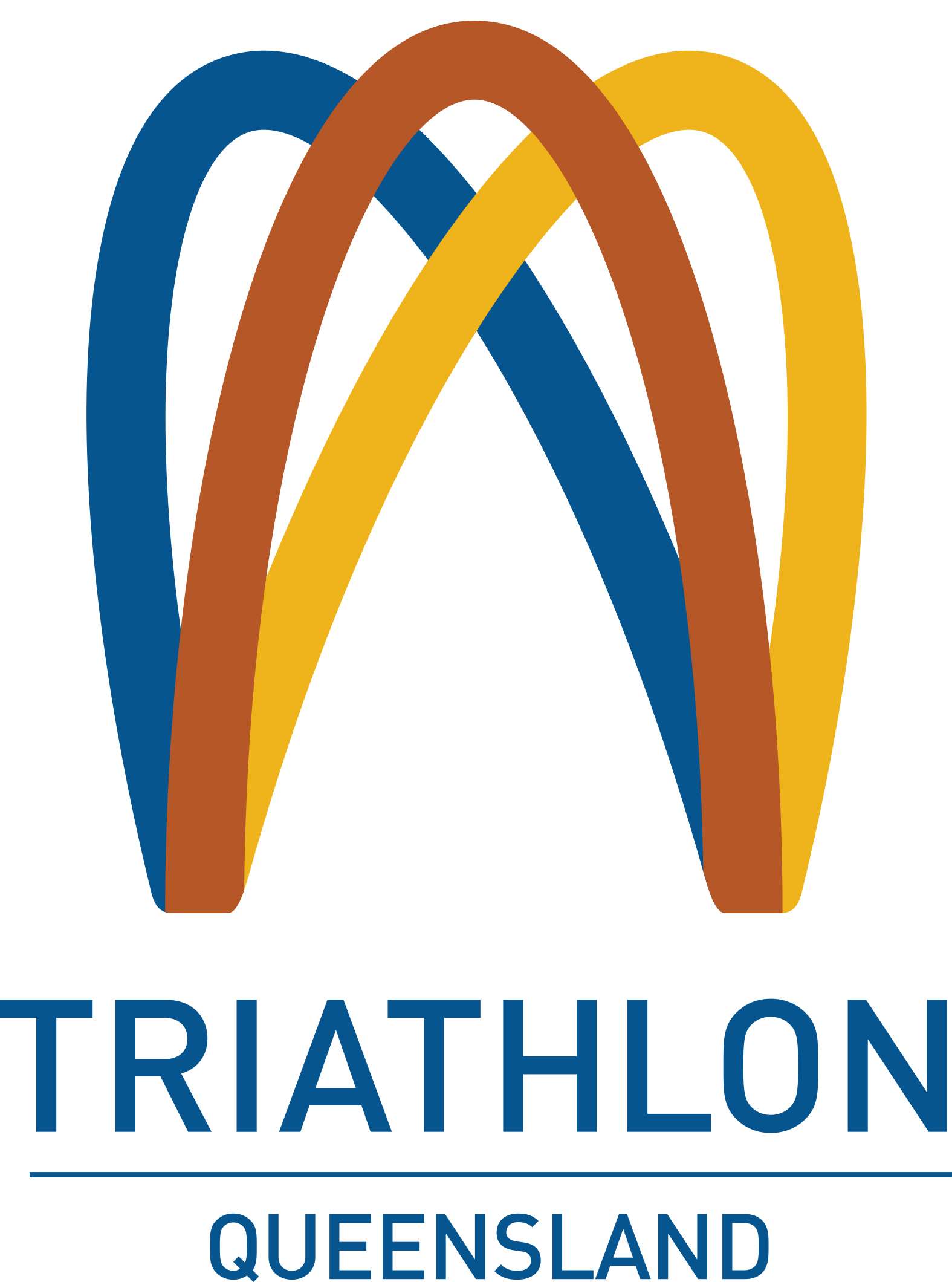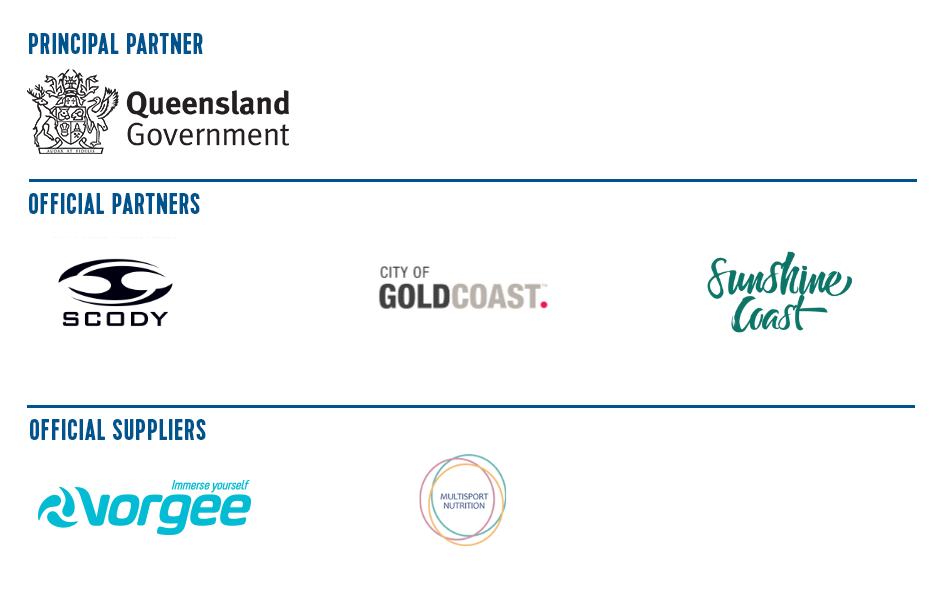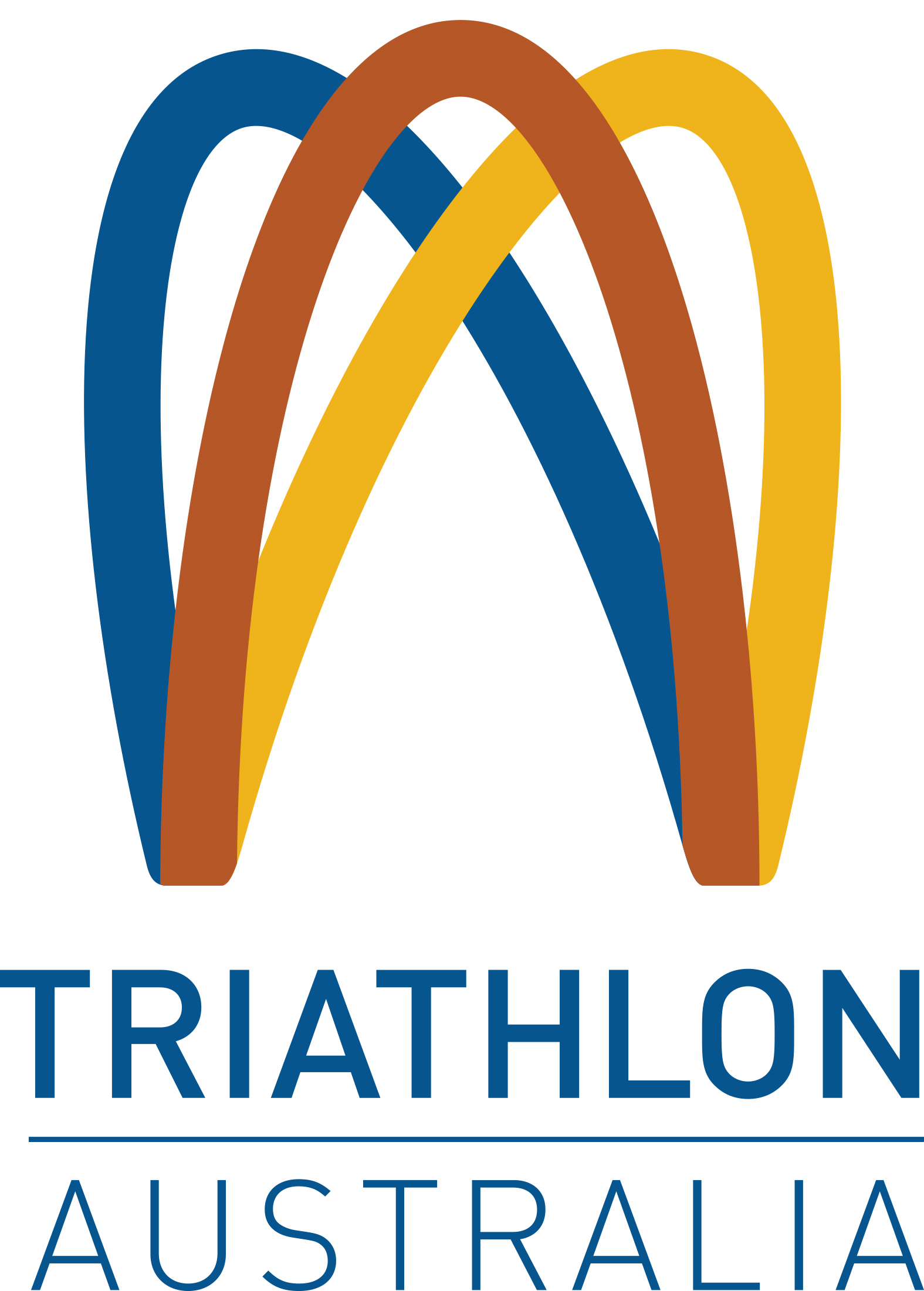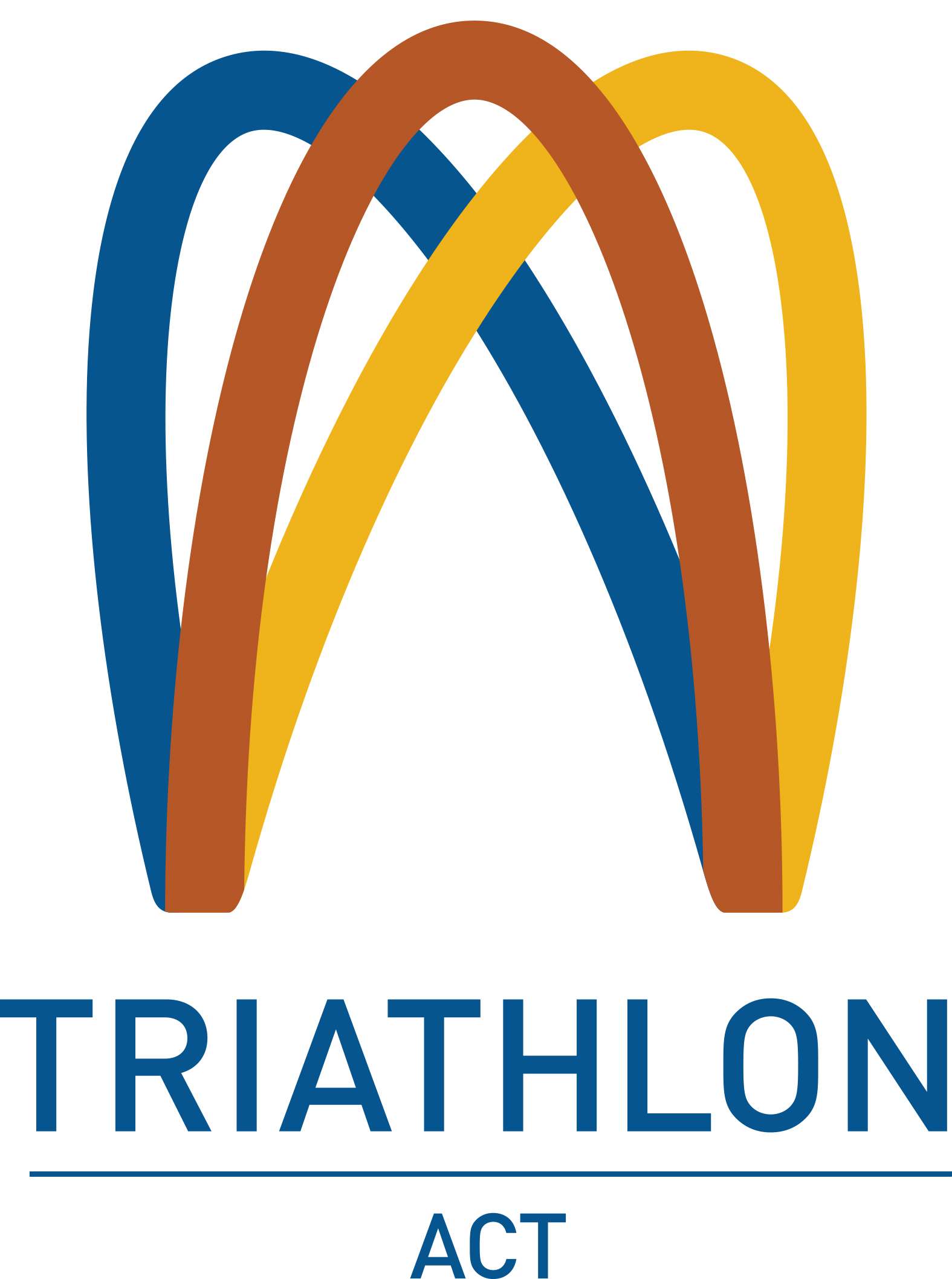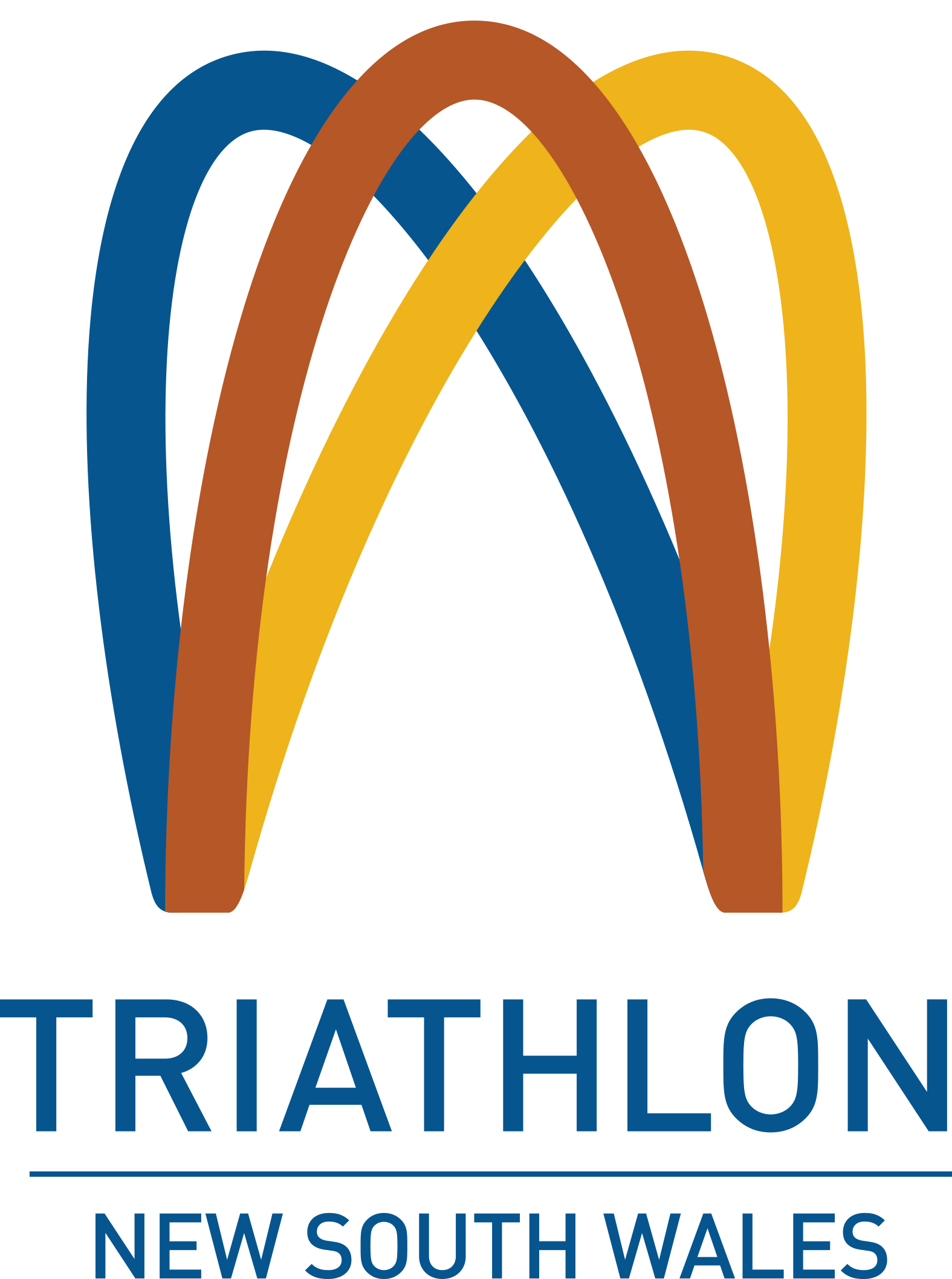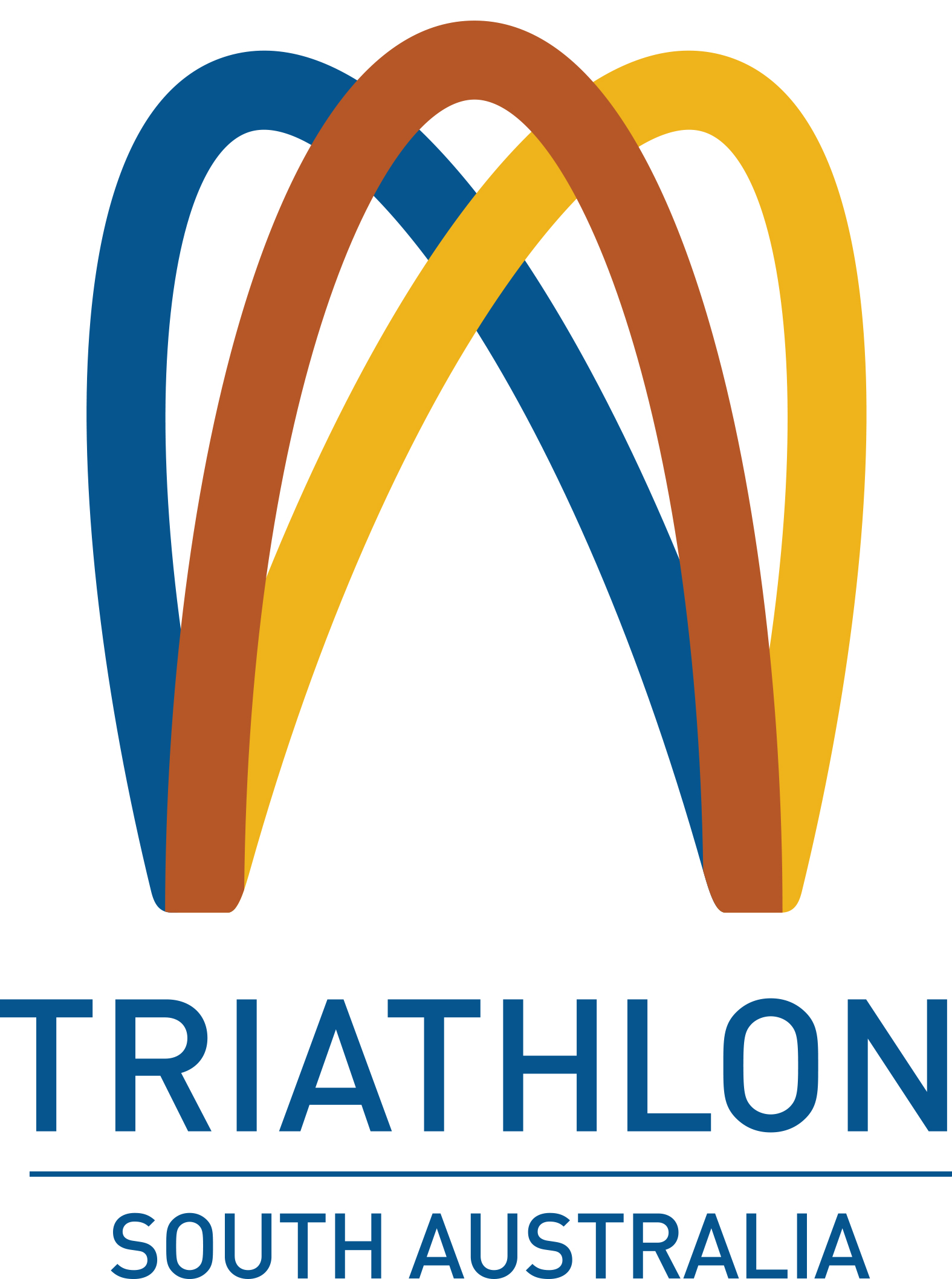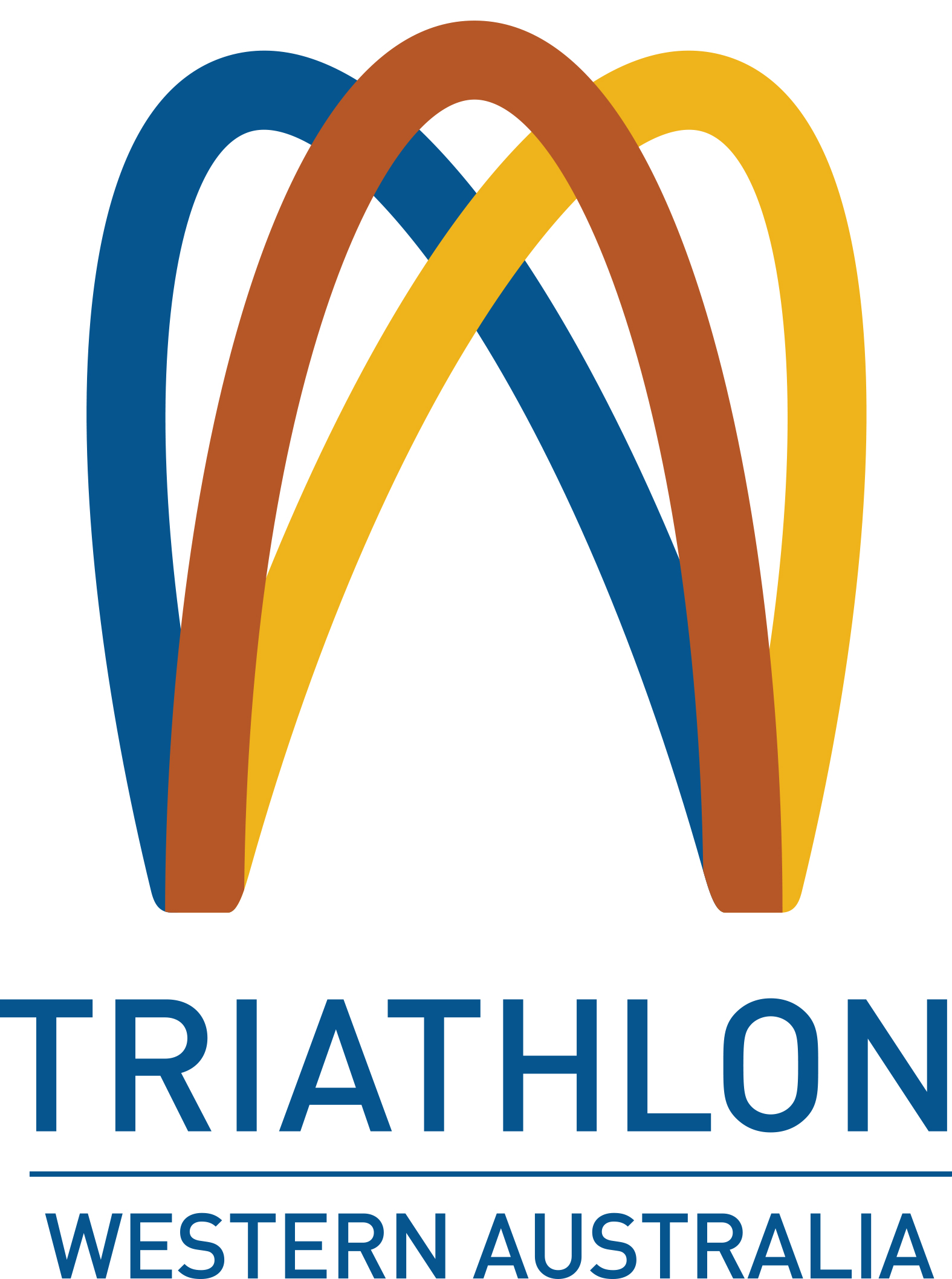Nutrition is a key part of your race day. It’s a bit like Formula 1 racing… you can have all the gear, and put in a good training block, but if you aren’t fuelled well and fuelled properly, then you’re not going to be able to be your personal best.
Depending on what race and distance you are doing, your nutrition in the lead up and on the day can change. Let’s explore some key areas to think about…
RACE MORNING
Race breakfast: eat what you’ve practised in training and what is comfortable for you. For some triathletes, this is toast, fruit, or cereal. For others, they like to have a smoothie, up and go or energy bar. If you’ve eaten well the few days before, then it’s okay not to have too much. However, you want to have some sort of carbohydrate snack before (30-50g carbohydrate minimum 1-2 hours before) as this will optimise carbohydrate use as your fuel in the race.
SET UP WELL
● Transition set up: if you’re laying out your nutrition to grab for the bike or run (like gels, chews, lollies, etc) - put them in your hat or your shoes. That way you can’t forget them!!
● Put carbohydrates in your bottle (using a sports drink instead of an electrolyte will give you more bang for your buck in Sprint, OD and long course racing)
● Don’t over hydrate and don’t under hydrate. To approximate how much fluid you need, do a fluid test in training (see below). This will help guide you on how much roughly to be drinking (you want to aim to replace about 80-95% of your fluid losses). This will change with conditions, so be mindful of your body, how you feel and the weather. If it’s hotter than expected or windy, you will need more. If it’s cold, you won’t sweat as much and therefore won’t need as much fluid.
DURING THE RACE
● Fuel and hydrate early. Don’t wait until you’re tired or thirsty. Particularly for olympic distance and long course races, you want to start refuelling early in the race. This sets you up for the back end or when you need to put a burst of effort in.
● For races over 2 hours (so, typically olympic or longer), aim for 30-90g of carbohydrates per hour. Aim for the higher end if you’re fast, lean and a seasoned athlete; and if you’re less lean, slower or just starting out on your triathlon journey, then aim for the lower end. For example, you may get through a bottle of sports drink an hour which has 30-40g of carbohydrates (or 60g if you have high needs!) and then have a gel, bar or sandwich every 45-60 minutes. Note, this is just an example. Each athlete I work with has a completely different plan and everyone will aim for different amounts of carbohydrates, fluids and electrolytes per hour.
● If you’re doing a half-iron or iron-distance race, aim for 60-90g of carbohydrates per hour, and use a variety of carbohydrate types (glucose/sucrose/maltodextrin and then fructose). They are absorbed differently in your body, so you will be able to get more out of your fuel better with a dual source. Again, practise this in training.
● Think about logistics and practise this in training. If you are needing to take gels, bars or other food on the bike, think about how you will carry this and how you will eat this. Putting nutrition in a bento box, taping to your bike or putting in your pockets is useful. But to make things easier, think about whether you can pre-open any packets, cut smaller pieces of food, and make sure you can take one hand off the handle bars to eat!
● Use the aid stations to cool down. If it’s hot and sunny, a way to cool your body down is by throwing water over your head, face, shoulders and arms. The heat will evaporate the water and draw heat away from your body
● Read your athlete guide and make sure you know what’s on course. If you’re relying on using race course nutrition, then it’s best you train with this so you know it works well and you don’t try anything new on race day
● Don’t go overboard with the salt pills. For races under 10 hours (so everything but an iron-distance or ultra really), your sodium stores won’t deplete significantly. But rather you want to have some salt (or sodium) to drive thirst, support your hydration and prevent hyponatremia (low blood sodium - so don’t just have plain water only). If you are a heavy sweater and suffer cramps, then extra salt may be useful in shorter distances. Though for most athletes, a sports drink and gels or other nutrition products are fine.

THE DAY BEFORE
Carbohydrate load 2-4 days out if your event is over 90 minutes. Then the day before or 12-18 hours before, eat normally and hydrate well. This will allow your gut to rest so you don’t feel heavy and sluggish race morning. If your race will be less than this, then focusing on eating plenty of veggies, fruits, quality carbohydrates, protein and hydrating well in the lead up is best for you. Carbohydrate loading is useful to overload muscle glycogen stores for events over 90 minutes, as this is typically the time when they start to deplete during exercise. So this strategy helps delay fatigue.
RECOVERY
What you eat after your race is just as important as what you eat before. Getting in quality food and fluid within the first hour after and across the day is essential if you are getting back to training in the next few days, have any niggles, or are a masters athlete (over 40 yrs). Getting in quality protein foods with some carbohydrates is ideal as this will help replenish glycogen stores and muscles. For example, breakfast burger/wrap, eggs on toast, a smoothie, milky coffee and fruit, yoghurt and muesli, sandwich or a rice or pasta meal. Liquid food is a good idea if you can’t stomach much afterwards. Continue to sip on fluids like water, milk, electrolyte or sports drink; then you can have a few celebratory drinks. Keep up smaller regular meals across the day with protein, carbs, colour and fats. This will help drop inflammation, manage energy balance, support your immune system and optimise recovery.
Happy training, and good luck!
Christie Robson
Accredited Sports Dietitian & TA Foundation Coach
Multisport Nutrition
www.multisport-nutrition.com | christie@multisport-nutrition.com | @multisport_nutrition
